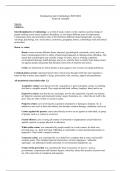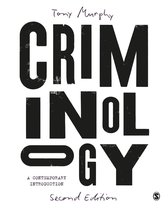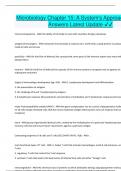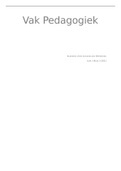Samenvatting
Summary Terms and concepts of Introduction into Criminology
- Instelling
- Universiteit Utrecht (UU)
- Boek
- Criminology
The elaborated terms and concept list of Introduction into Criminology from the book Criminology: A Contemporary Introduction from Murphy, 4th edition and from the lectures. The list is mostly focused on the book. The last pages of the document consist of a summary of the article 'Beyond Meat? Taki...
[Meer zien]







